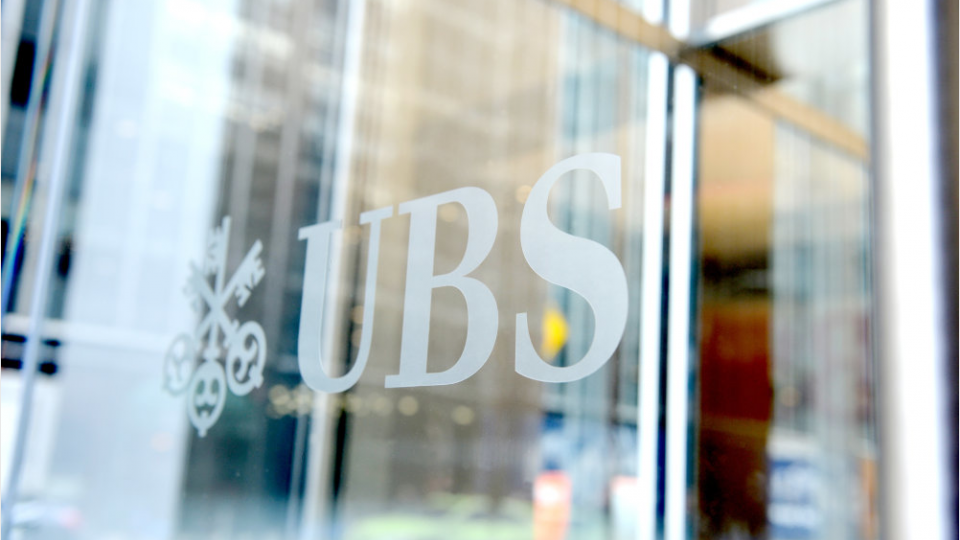
The impact of spread of COVID-19 has been more severe than initially expected.
The oil price collapse has compounded its impact on the wider economy, equity markets and credit. As major economies essentially shut down for unknown durations to control the spread of COVID-19, pinpoint economic forecasts are unrealistic.
Of most relevance to infrastructure investors is the likely sharp contraction in GDP growth (at least in the short term), lower oil prices and stress in the credit markets. Infrastructure companies could also face operational issues if employees are unable to work or supply chains are interrupted.
Public vs. private markets
Unsurprisingly, the sectors most exposed to an economic shock are GDP-correlated assets such as airports, ports and toll roads. The impact on demand-based transportation this time is more pronounced as countries around the world ramp-up travel bans and advise against non-essential travel. This impact can be seen in the stock market reaction by infrastructure sector.
Due to the lack of available real-time data for the private infrastructure industry, we rely on public infrastructure performance as a proxy. The obvious limitation to this type of analysis is that public markets tend to be much more volatile than private markets, as seen in the dramatic decline in public market valuations.
However, if we look at the underlying revenue estimates of these publicly- listed infrastructure companies, we can see that analysts expect 2020 revenues for the broader sector to take a 4% hit, with airports again showing the most downside. If the current situation remains unresolved, we could see further downward revisions to these revenue estimates. We believe that earnings estimates can be a more meaningful indicator of the likely impact to private infrastructure valuations than stock market movements. This is because private infrastructure valuations are adjusted to reflect the changes in actual and projected cashflows of the underlying assets.
Energy exposed infrastructure
While COVID-19 was already wreaking havoc across financial markets, Saudi Arabia decided in March to launch an oil price war against Russia (and implicitly, against the US shale oil industry). Oil prices have since fallen more than 50%, which has broader implications across other commodities, as well as energy exposed infrastructure investments. Just as it is uncertain how long the coronavirus pandemic will last, it is also unclear how long Saudi Arabia will continue its oil price strategy. The Kingdom requires an USD 80/bbl oil price to balance its budget, which means the current ~USD 30/bbl price should put significant pressure on its fiscal health.
Many unknowns
We have seen a range of policy responses in the major economies through a combination of interest rate cuts, quantitative easing and fiscal supports for businesses and individuals. So far they have had limited impact in stabilizing the equity and debt markets. The situation is clearly very fluid. The permutations and combinations are so varied that scenario analysis is necessary to evaluate contingency plans on portfolio companies and for investments into new assets.
There are still many unknowns about the impact for the infrastructure sector and the wider economy. While power prices have held up well so far, what will the impact be if major economies shut down all industrial production? Who will pay for the extensive government support packages – higher taxes, austerity? Longer term, will this crisis permanently change how the world consumes energy, healthcare, transportation, education, telecommunication and other essential services? For now, the only certainty is continued uncertainty and volatile times ahead.
Here you’ll find the complete Outlook Special on global infrastructure markets from UBS Asset Management.
